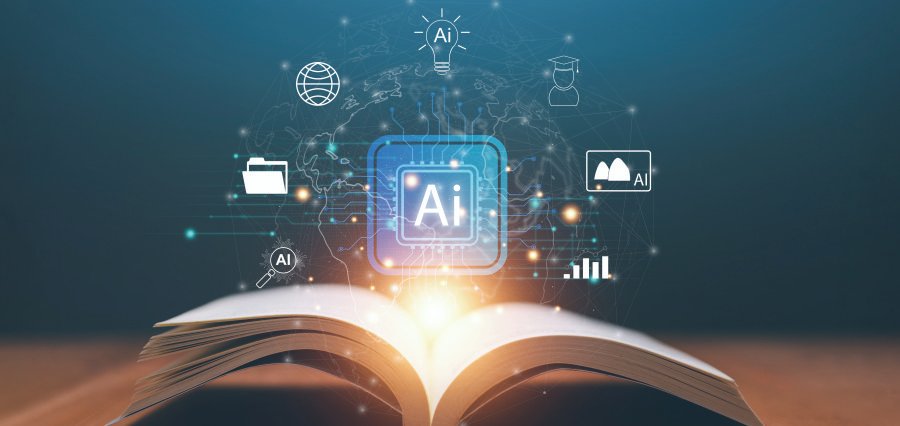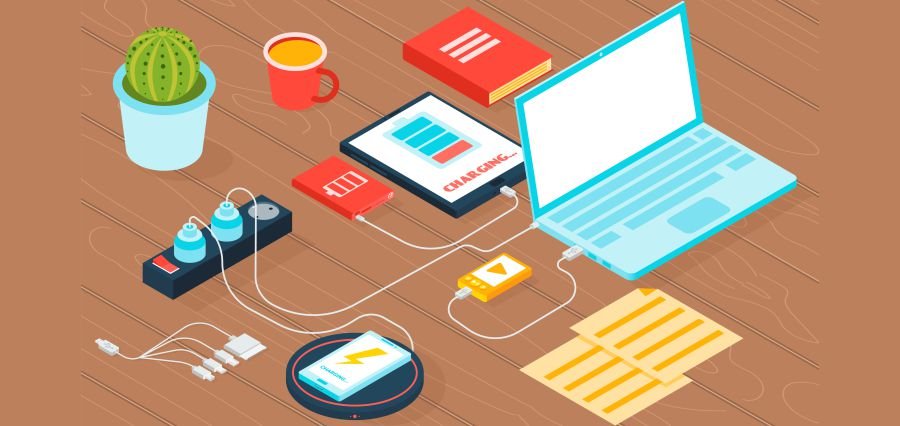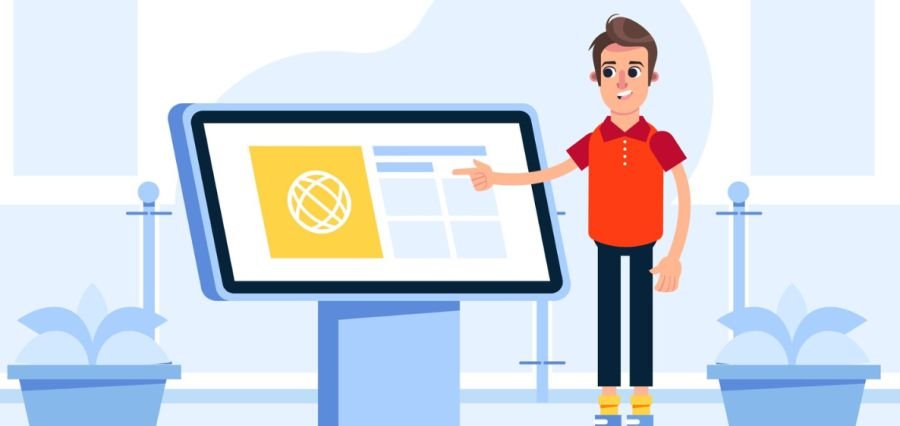The integration of technology into the curriculum involves the use of gadgets and digital tools to allow teachers and students alike to expand their knowledge. One of the reasons why it’s essential to introduce technology to students is for them to be proficient in it, which is a must given that their generation has become increasingly reliant on it. Hence, using technology in school aims to help students improve how they acquire knowledge, and it also prepares them for the workforce.
Introducing technology in the classroom affects the educational environment. It may have a lot of advantages, but it also has its downsides; that’s why students must be well guided to ensure that they’ll be able to maximize its benefits. Here are some of the ways technology can impact student learning:
Encourages Self-Paced Learning
With the advancement of technology, students nowadays can easily have access to different learning resources online. Through this, they can do additional coursework outside the school hours, and they can also do advanced reading for future lessons. As the students utilize technology, they also master digital literacy, a skill they’ll surely find useful once they enter the workforce.
In the past, many students were left behind in their classes when they didn’t understand the lessons. The only way for them to learn was through their textbooks, which weren’t always complete with information. Today, when a student doesn’t understand the lesson, there are a lot of materials online that can provide them with supplemental information regarding the topic they’re having a problem with. Students are given the independence to learn by themselves, even when at home, allowing them to retain information better.
Helps Students Learn More
In the traditional classroom setup, the teacher discusses the lesson, and all the students are expected to absorb the information at the same pace. There isn’t an option for them to choose how they’re going to learn. But with technological tools and online materials, students can have a more flexible learning experience. Scholars and top students may need to maintain an average rating, so it’s helpful if there are readily available resources and references for them to study anytime, anywhere.
The different research and learning materials online are usually free, making them more accessible to anyone who needs them but has no extra money to spend. With the wide range of information found online, the knowledge that a student can learn isn’t limited to only one subject matter—they can look into other opportunities for skill development.
Promotes Innovative Teaching Techniques
The way a teacher presents a lesson is no longer limited to the use of a blackboard and some chalk. Because of technology, there are now different ways someone can access information, and instructors can turn to more creative teaching methods. When teachers use innovative techniques in the classroom, it’s easier to catch the attention of the students as it prevents boredom that would affect their motivation to learn.
A teacher may utilize technology in a class by presenting the lessons through video-recorded lectures, podcasts, and electronic books among others. In doing so once in a while, they can help the students be more engaged, and it serves as a way for the teacher to cater to the different learning styles of the students.
Increases The Availability Of Learning Content
Traditional academic learning takes place within the four walls of a classroom. Books and other printed materials used to be the only way for students to get information, and there weren’t a lot of alternatives for students to get supplemental learning content. With the advent of technology, however, students have easy access to the internet for digital resources such as videos, e-books, and websites that may also serve as educational tools.
Students in the classroom have different learning styles—visual, auditory, and kinesthetic to name a few. Through the additional platforms brought about by the advancement of technology, they are given more preferences on how they can learn best. Teachers also have different options when it comes to presenting a particular subject matter.
Improves Student Engagement
Education technology makes it possible for learning to become collaborative and interactive, allowing students to engage with the course material better. One of the challenges of teachers in the classroom these days is figuring out how to increase student participation. Distractions in the modern world have resulted in shorter attention spans, so droning on about a topic for an hour in front of a group of children is inadvisable.
Although technology might be viewed as a form of distraction, students today are more inclined toward it, so it would help to incorporate it in classroom discussions every now and then. It may then increase their engagement, which impacts learning in that the more engaged students are, the more they’ll understand the lesson at hand.
Fosters Critical Thinking Skills
The use of technology doesn’t only help cater to the technical aspects of learning but also aims to enhance students’ critical thinking and problem-solving skills, ability to construct and evaluate arguments, and ability to understand links between ideas. Those are all crucial in comprehending lessons or doing assignments and research.
There are different multisensory activities online such as interactive games and simulations that are focused on survival skills that may stimulate critical thinking. Through them, students are more encouraged to think outside the box when working on and analyzing academic papers and facing different situations and interactions in and out of class every day.
Final Thoughts
The integration of technology into the classroom doesn’t necessarily mean that the traditional way of learning has lost its value. It only aims to improve the educational experience and positively impact students learning. The world is constantly changing because of technology, so it’s important for students to keep up with such changes by learning how to use technology properly and responsibly.
Technology affects student learning in that it encourages self-paced learning, helps students absorb more information, and makes educational resources available to all. Moreover, it improves student engagement, fosters critical thinking, and helps teachers discover innovative teaching techniques they may have never tried before.









